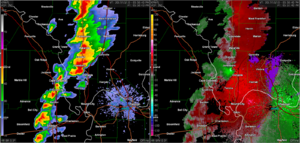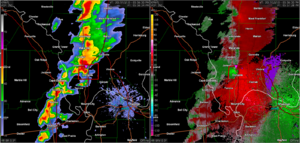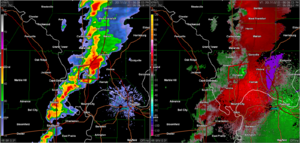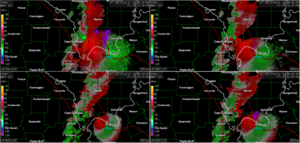Last night, on October 10, I was looking at some radar sites near Kentucky. That was because a cell was issued a tornado warning and severe thunderstorm warning. A few minutes later, I noticed the cell above had taken on a kidney bean shape. I told myself, they’re not warning it, so it’s not a supercell. As the radar refreshed, the cell began to weaken and become the third image below. Even though it wasn’t as defined, I still took a screenshot and went to look at base velocity.
I first saw the rotation from the Kentucky radar. After that, I had to go to Missouri radar and verify rotation. I then took two screenshots. No tornado warning or severe t-storm warning was issued. This is what I’m asking: Am I wrong/seeing differently, or are meteorologists having tunnel vision on cell 1?
Sorry for the worst handwriting in the entire world.
Pic 1: Kentucky base velocity
Pic 2: Missouri base velocity
Pic 3: Base reflectivity
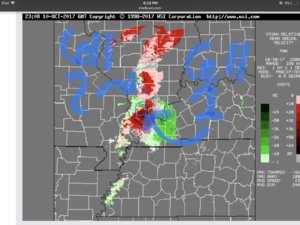
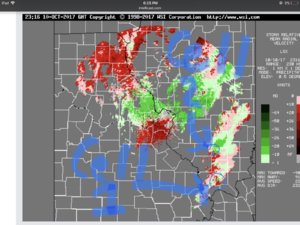
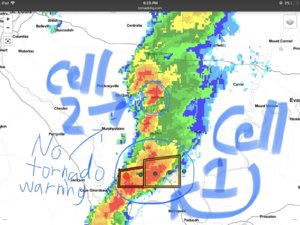
I first saw the rotation from the Kentucky radar. After that, I had to go to Missouri radar and verify rotation. I then took two screenshots. No tornado warning or severe t-storm warning was issued. This is what I’m asking: Am I wrong/seeing differently, or are meteorologists having tunnel vision on cell 1?
Sorry for the worst handwriting in the entire world.
Pic 1: Kentucky base velocity
Pic 2: Missouri base velocity
Pic 3: Base reflectivity




